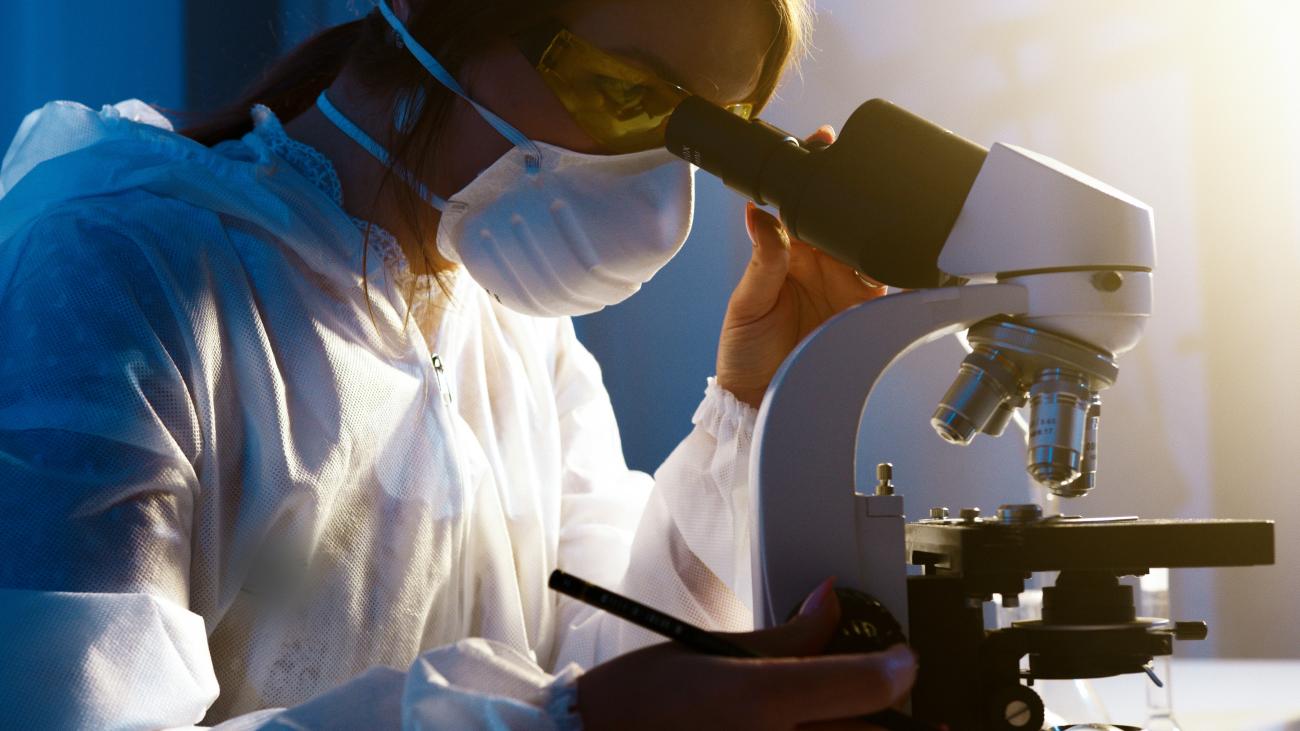Database providing access to the High Technology Network's industrial research offering: research competences, type of analyses and tests available at the Laboratories. Companies can consult the Catalogue to find Laboratories and researchers that match their needs.
Competence
Analysis of standards and regulations: laws and guidelines for protected, biological raw material, and processing
Biomarker identification to assess the effects of bioactive components in humans
Carbon-based materials (graphene oxides, TPG, etc.)
Ceramic materials (oxides, nitrides, carbides, etc.)
Ceramic matrix composites and nanocomposites
Corrosion: protection and inhibition
Cosmetics
Design of new molecular markers for traceability of specific varietal components
Effects of industrial processes on the nutritional qualities of foods
Elastomers
Evaluation of dietary habits of the population in order to identify risk behaviours and prevention strategies
Evaluation of molecular transformations during food processing
Evaluation of the interactions between food matrix and bioactive components
Evaluation of the organoleptic characteristics of food bioactive components and related food
Evaluation of the physical, chemical, and microbial characteristics of products
Extraction of bioactive components from food waste (polyphenols, omega3 and omega6 fatty acids)
Food traceability by evaluation of functional components
Food traceability by genetic analysis
Food traceability by spectroscopic techniques, NMR, proteomic and peptidomic methods for the identification of ingredients or contaminants
Functional compounds characterization from raw materials, ingredients, food and food industry left-overs
Genetic methods for varietal identification
Glass and glass-ceramic materials
Human studies for the validation of nutritional/health claims (including analysis of biological samples and statistical analysis of the results)
Magnetic materials both bulk and nano
Magnetorheological fluids
Market survey and consumer trends towards functional foods
Materials of natural origin and derived (wood, paper, cellulose, fibers, etc.)
Materials with self-diagnostic and self-healing properties
Mathematical modelling for product/process optimization
Metal matrix composites and nanocomposites
Metals: ferrous alloys (steel, cast iron)
Metals: non-ferrous alloys (aluminum, copper, nickel, titanium, magnesium, etc.)
Methods for the specific and varietal identification based on single components within blends
Micro-nano materials functionalized
Molecular characterization of DNA, protein, peptides and metabolites
Nanomaterials (filler, graphene, etc.)
Optimization of raw material selection for food processing/products
Packaging, designing and testing: choice of the proper materials for the desired product
Packaging, designing and testing: shelf-life evaluation of food products and bioactive components
Paintings

